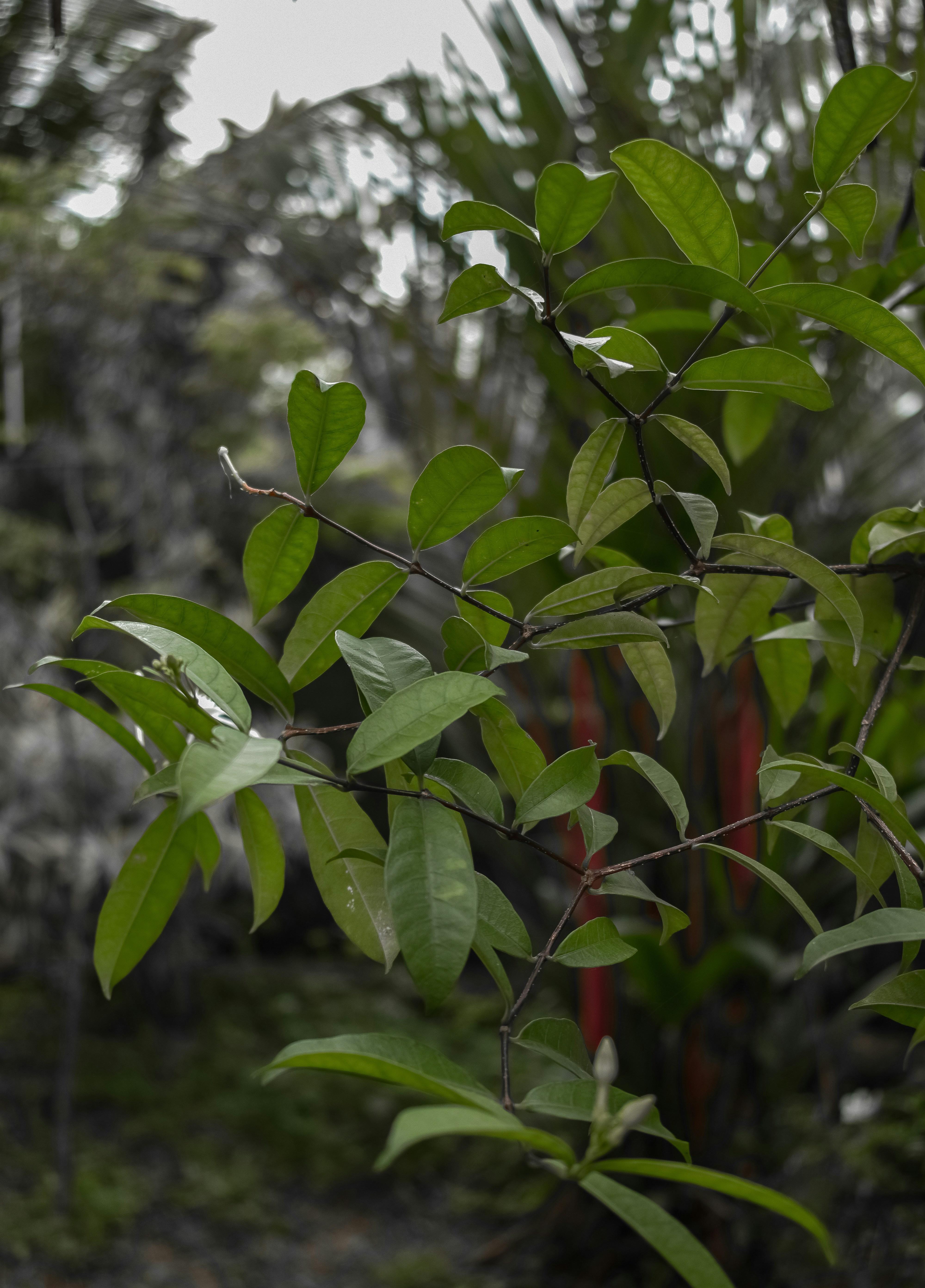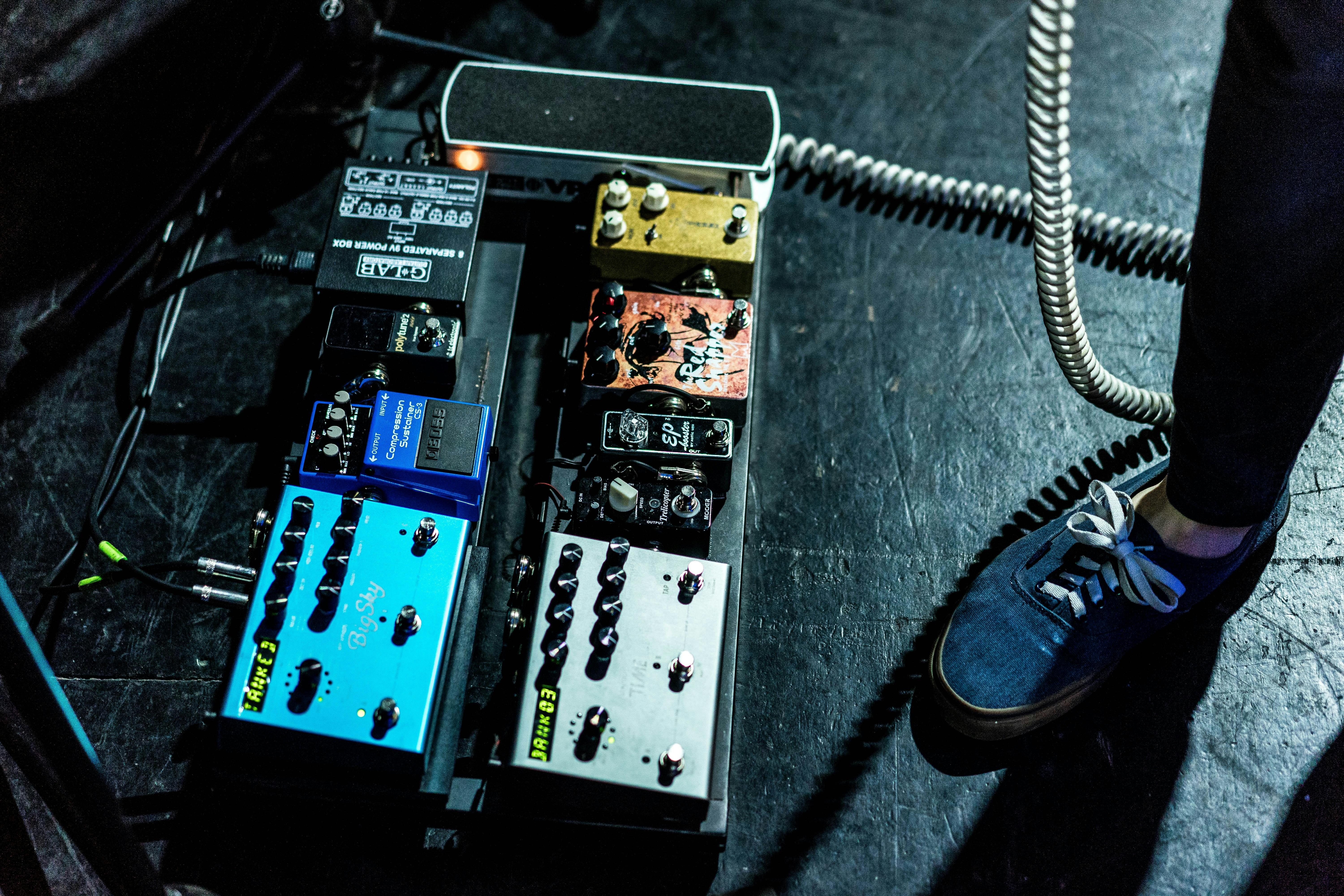In an era dominated by digital wizardry, where entire worlds are conjured with the click of a mouse, the allure of practical effects offers a tangible, textured alternative. While CGI has revolutionized storytelling, bringing the impossible to life with breathtaking detail, its hefty price tag and sometimes sterile finish have filmmakers reconsidering the value of hands-on craftsmanship. This exploration delves into the resurgence of practical effects, revealing how their tactile authenticity not only enriches cinematic experiences but also provides a cost-effective solution in an industry where budgets often spiral out of control. As we journey through this fascinating intersection of art and technology, we uncover the enduring magic of the physical, the handmade, and the real. Practical Effects“>
Practical Effects“>
Crafting Realism: The Timeless Appeal of Practical Effects
In an era where digital effects dominate the cinematic landscape, practical effects stand as a testament to the art of illusion, offering filmmakers a tangible means to create immersive worlds. The tactile nature of practical effects—whether it’s the intricate craftsmanship of a creature suit or the explosive grandeur of a meticulously planned stunt—grounds the audience in reality, fostering a visceral connection to the story. Practical effects often come with a lower price tag than their digital counterparts, allowing filmmakers to allocate budgets more effectively while maintaining a high level of authenticity.
- Authenticity: Practical effects provide a sense of realism that CGI sometimes struggles to achieve, creating a more believable environment for the audience.
- Cost-Effectiveness: Reducing reliance on expensive CGI can lead to significant savings, especially in projects with tight budgets.
- Timelessness: The enduring appeal of practical effects lies in their ability to age gracefully, often outlasting the rapid obsolescence of digital technology.
By blending the old with the new, filmmakers can harness the strengths of both practical and digital effects, crafting a cinematic experience that resonates on multiple levels. This balanced approach not only enhances storytelling but also fosters innovation, pushing the boundaries of what is possible on screen.

Balancing the Budget: Cost-Effective Solutions with Practical Effects
In the world of filmmaking, practical effects offer a treasure trove of budget-friendly alternatives to expensive CGI. By leveraging real-world elements, filmmakers can achieve a sense of authenticity and tangibility that digital effects sometimes lack. Practical effects, such as miniatures, animatronics, and pyrotechnics, not only cut down on costs but also infuse scenes with a genuine sense of realism that captivates audiences.
- Miniatures: Creating scaled-down models can simulate large environments or complex machinery, reducing the need for costly digital renderings.
- Animatronics: These mechanical puppets bring creatures and characters to life, offering a tactile presence that enhances audience immersion.
- Pyrotechnics: Real explosions and fire effects provide an unparalleled visceral experience, avoiding the uncanny valley often associated with CGI flames.
By embracing these techniques, filmmakers not only maintain a budget-friendly approach but also ensure that their storytelling resonates with a raw, organic appeal. The blend of practical effects with selective CGI can result in visually stunning and cost-effective productions.

Behind the Scenes: Techniques That Bring Stories to Life
In the realm of filmmaking, practical effects have long been the unsung heroes that breathe authenticity into narratives. These tangible techniques, ranging from intricate miniatures to meticulously crafted prosthetics, offer a cost-effective alternative to CGI, allowing directors to allocate resources more efficiently. By using real-world elements, filmmakers can create a visceral experience that resonates with audiences on a deeper level. The tactile nature of practical effects not only enhances the visual storytelling but also provides actors with tangible interactions, resulting in more genuine performances.
- Miniatures: These scaled-down models replicate large-scale environments, providing a realistic backdrop without the hefty price tag of digital renderings.
- Animatronics: Mechanical puppetry brings creatures and characters to life, offering a lifelike presence that CGI often struggles to emulate.
- Makeup and Prosthetics: Transforming actors with physical alterations can achieve stunning results that maintain believability, avoiding the sometimes artificial sheen of digital effects.
By weaving these techniques into their storytelling, filmmakers not only cut down on CGI expenses but also preserve a sense of artistry and craftsmanship that digital effects alone cannot capture.
Future-Proofing Filmmaking: Integrating Practical Effects Strategically
In an industry increasingly dominated by digital wizardry, practical effects offer a tangible, cost-effective alternative that can enhance a film’s authenticity. By integrating these effects strategically, filmmakers can craft visually compelling narratives without leaning heavily on costly CGI. Practical effects—ranging from meticulously designed miniatures to intricate animatronics—deliver a tactile realism that often resonates more deeply with audiences. This approach not only preserves budget but also enriches the storytelling process.
- Enhanced Realism: Practical effects ground the fantastical in reality, making scenes more believable.
- Cost Efficiency: Reduces the need for extensive post-production work, trimming budgets significantly.
- Audience Engagement: Viewers appreciate the artistry and craftsmanship, fostering a deeper connection to the film.
By blending practical effects with selective CGI, filmmakers can achieve a harmonious balance that leverages the strengths of both techniques. This hybrid approach not only curtails expenses but also ensures a visually striking final product, paving the way for sustainable filmmaking practices.

